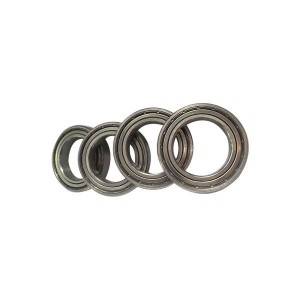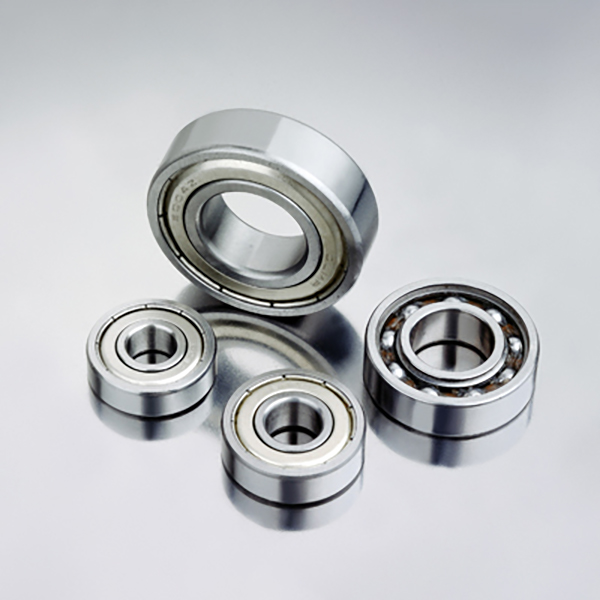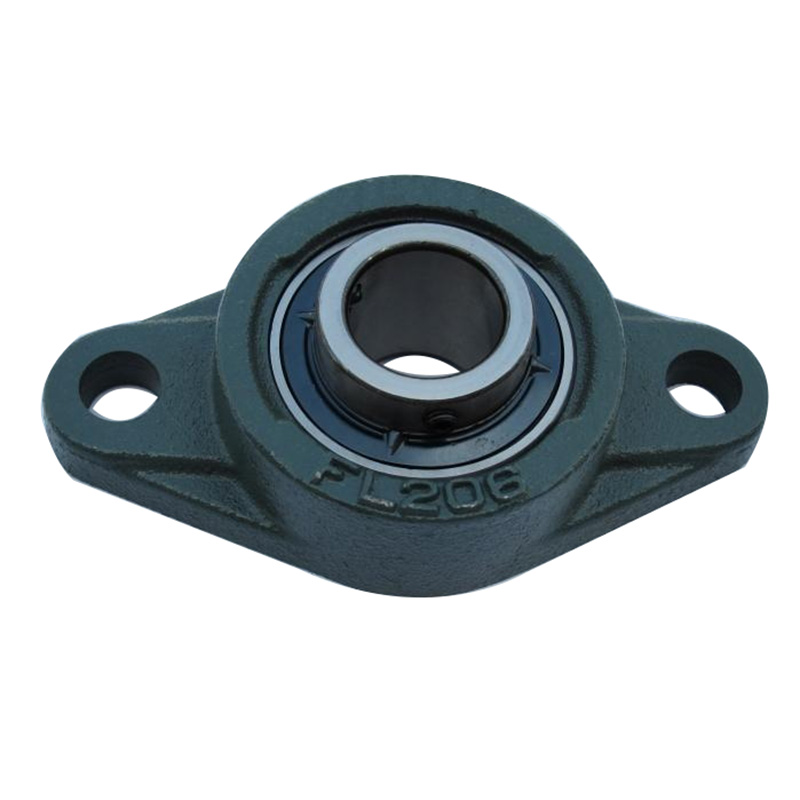Stainless steel ball bearings are a critical component in many industrial and commercial applications, offering durability, corrosion resistance, and reliability. However, like any mechanical part, they require proper maintenance to ensure optimal performance and longevity. This maintenance guide, brought to you by Xinri Bearing, will cover the essential aspects of caring for stainless steel ball bearings, including cleaning, lubrication, inspection, and common issues to watch out for. With specific numerical parameters provided, this guide aims to help you maintain your bearings in top condition, ensuring efficient and trouble-free operation.
Why Maintenance is Important
Stainless steel ball bearings are designed to operate in challenging environments, often exposed to moisture, chemicals, and extreme temperatures. While they are more resistant to corrosion and wear compared to other materials, neglecting regular maintenance can lead to premature failure, increased downtime, and costly repairs.

Cleaning Stainless Steel Ball Bearings
Proper cleaning is the foundation of good bearing maintenance. Contaminants like dirt, dust, and debris can infiltrate the bearing, causing increased friction, wear, and eventually, failure. Here’s how to clean your stainless steel ball bearings effectively:
- Remove the Bearing:
- Carefully disassemble the equipment and remove the bearing. Avoid applying excessive force, as this can damage the bearing or its housing.
- Initial Cleaning:
- Use a solvent or degreaser to remove the bulk of the grease and grime. Xinri Bearing recommends using a mild solvent that won’t damage the bearing material, such as isopropyl alcohol or a commercial bearing cleaner.
- Ultrasonic Cleaning (Optional):
- For deeper cleaning, consider using an ultrasonic cleaner. This device uses high-frequency sound waves to agitate the cleaning solution, effectively removing contaminants from hard-to-reach areas. Set the cleaner to a frequency of 40 kHz for optimal results.
- Drying:
- After cleaning, thoroughly dry the bearing with compressed air or a lint-free cloth. Ensure there is no moisture left, as this can lead to corrosion, even on stainless steel bearings.

Lubrication
Lubrication is crucial for reducing friction and wear in stainless steel ball bearings. It also helps in protecting the bearing from corrosion. The choice of lubricant and the frequency of lubrication depend on the operating environment and load conditions.
- Selecting the Right Lubricant:
- Xinri Bearing recommends using a high-quality grease or oil that matches the specific application requirements. For example, in high-temperature environments (up to 200°C), a high-temperature synthetic grease with a viscosity of 220 cSt at 40°C is ideal. For lower temperatures, a lighter oil with a viscosity of 32 cSt at 40°C is sufficient.
- Application:
- Apply the lubricant evenly across all rolling elements and the bearing raceways. Avoid over-lubrication, as this can lead to increased friction and heat. Typically, a grease fill of 20-30% of the bearing’s free volume is recommended for standard applications.
- Re-Lubrication Interval:
- The re-lubrication interval depends on the operating conditions. For bearings operating under normal conditions (moderate load, clean environment, temperature below 80°C), re-lubricate every 6-12 months. In harsher conditions, more frequent lubrication may be necessary.

Inspection and Monitoring
Regular inspection and monitoring of your stainless steel ball bearings can help identify potential issues before they lead to failure. Key parameters to monitor include noise, vibration, temperature, and visual signs of wear.
- Visual Inspection:
- Check for signs of wear, corrosion, or pitting on the bearing surfaces. Any discoloration or rough patches on the raceways or rolling elements can indicate wear or contamination.
- Noise and Vibration:
- Use a vibration meter or acoustic monitoring device to measure the bearing’s operational noise and vibration levels. Increased noise or vibration may signal misalignment, contamination, or insufficient lubrication. Xinri Bearing suggests maintaining vibration levels below 2.0 mm/s RMS for optimal performance.
- Temperature Monitoring:
- Bearings operating within their normal temperature range (usually between -20°C to 150°C for stainless steel) should not exceed a rise of 15°C above ambient temperature. An abnormal temperature increase can indicate lubrication issues, overloading, or bearing damage.
Common Issues and Solutions
Understanding common issues that affect stainless steel ball bearings and how to address them can help in preventing costly downtime:
- Corrosion:
- Even though stainless steel is corrosion-resistant, exposure to harsh chemicals or water can still cause rusting over time. Ensure that the bearing is properly lubricated and protected from excessive moisture.
- Contamination:
- Dirt and debris can enter the bearing and cause accelerated wear. Regular cleaning and using seals or shields can help keep contaminants out.
- Overheating:
- Overheating is often caused by insufficient lubrication or excessive load. Monitor operating temperatures and ensure proper lubrication practices are followed.
Product Q&A with Xinri Bearing
Q1: What specific stainless steel grades does Xinri Bearing use for its ball bearings?
A1: Xinri Bearing uses high-grade stainless steel, specifically AISI 440C for its ball bearings. This material offers excellent hardness (58-62 HRC) and corrosion resistance, making it suitable for both high-load and high-temperature applications. The bearings can withstand operating temperatures up to 150°C without compromising performance.
Q2: How does Xinri Bearing ensure the longevity of its stainless steel ball bearings in harsh environments?
A2: Xinri Bearing designs its stainless steel ball bearings with advanced sealing technologies, such as double lip seals and metal shields, to protect against contamination and moisture ingress. Additionally, we use high-performance lubricants that are resistant to washout and degradation, ensuring that our bearings continue to perform even in challenging environments.
Conclusion
Maintaining your stainless steel ball bearings is essential for maximizing their lifespan and ensuring the smooth operation of your equipment. By following the guidelines for cleaning, lubrication, inspection, and addressing common issues, you can significantly reduce the risk of bearing failure. Xinri Bearing is committed to providing high-quality stainless steel ball bearings that offer durability, reliability, and excellent performance across a wide range of applications. Whether you’re operating in harsh industrial environments or seeking a long-lasting solution for precision machinery, Xinri Bearing’s products are engineered to meet your needs.
With proper maintenance and the right choice of bearings, you can ensure that your equipment runs efficiently, minimizing downtime and extending the life of your investments.
Products: Stainless Steel Deep Groove Ball Bearings
Post time: Aug-21-2024


